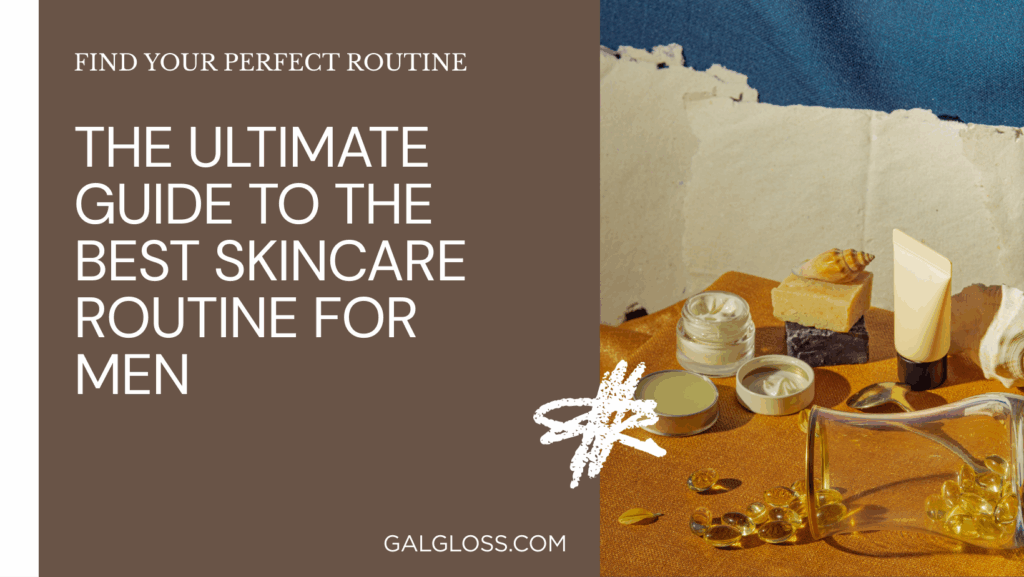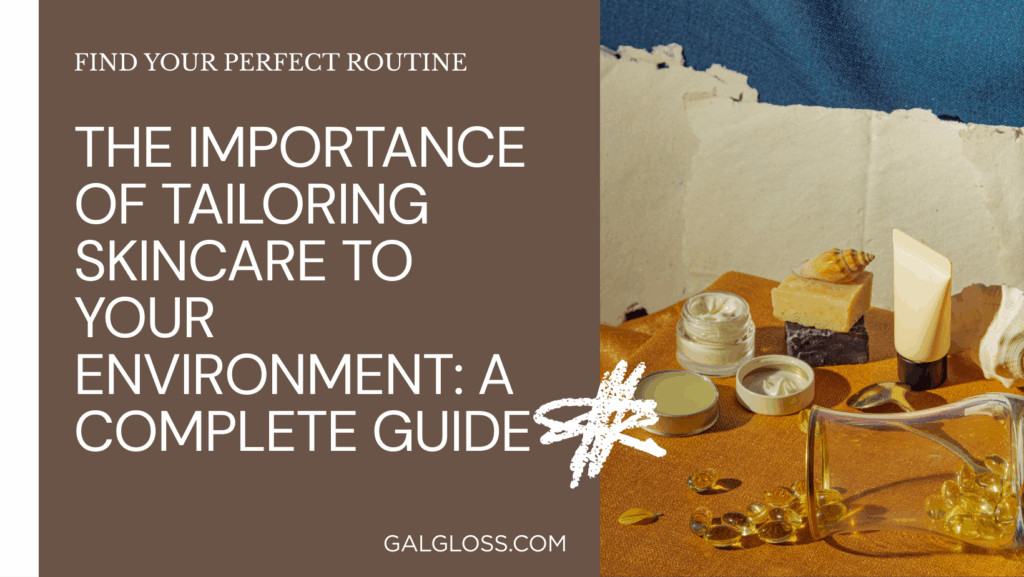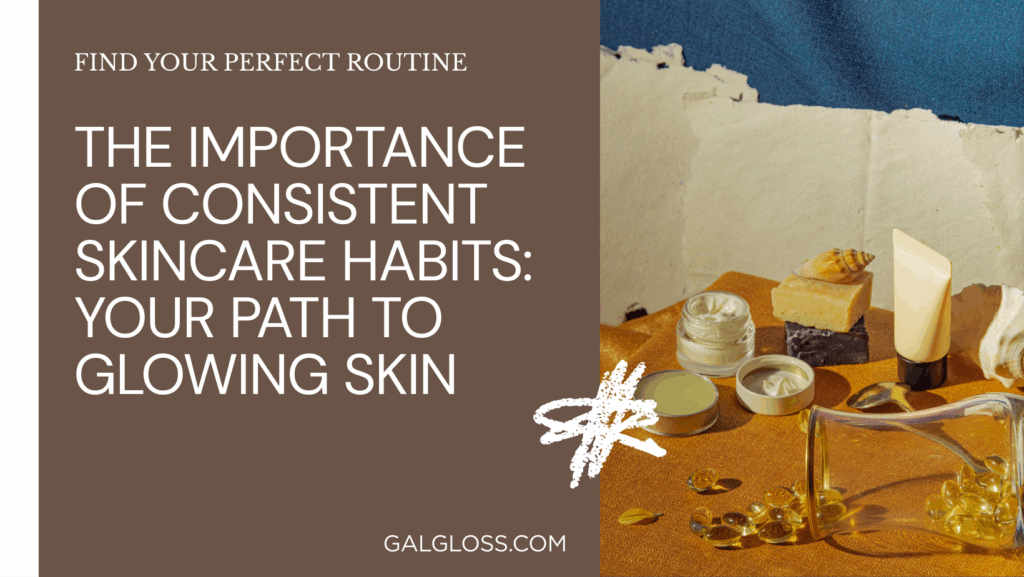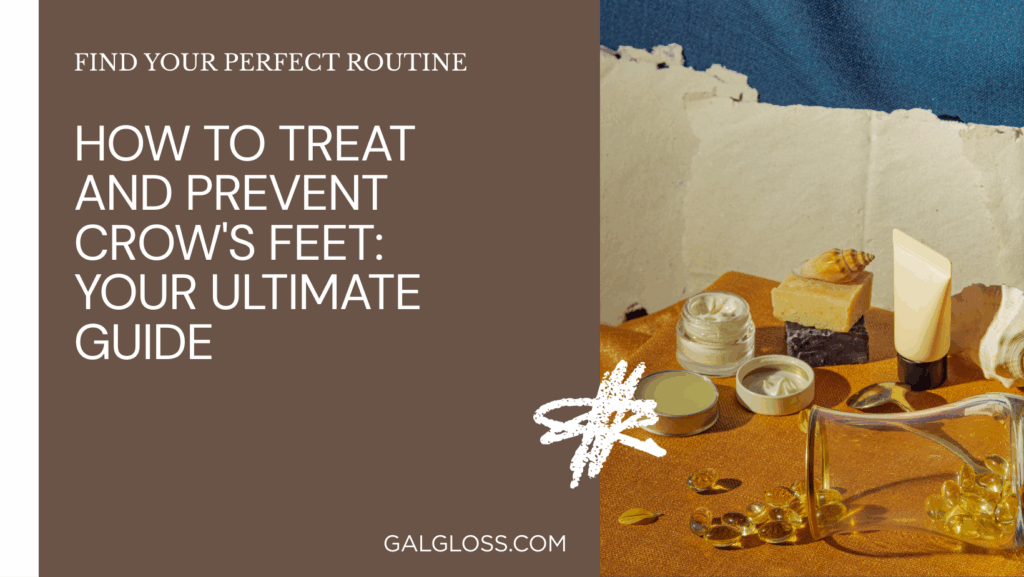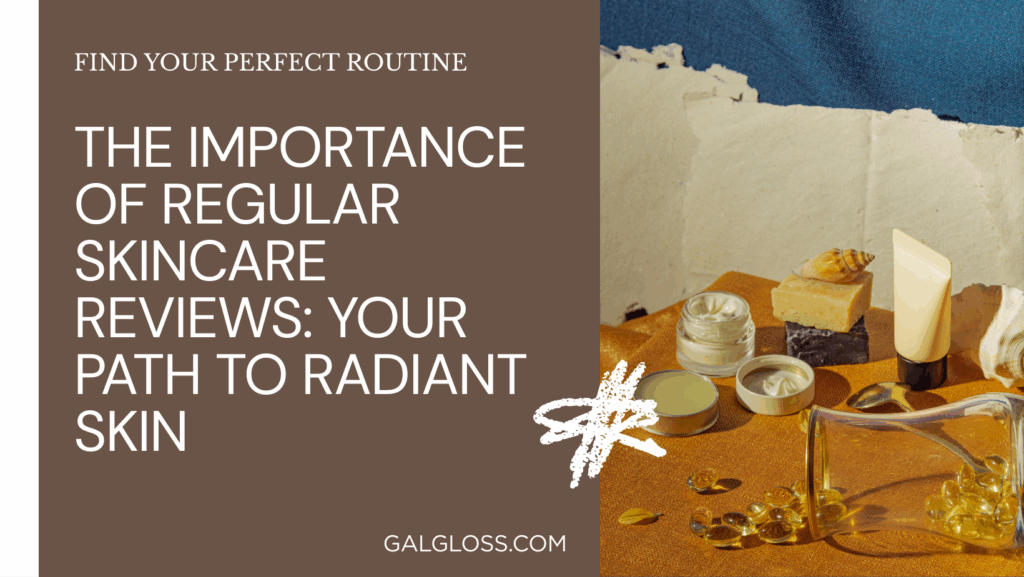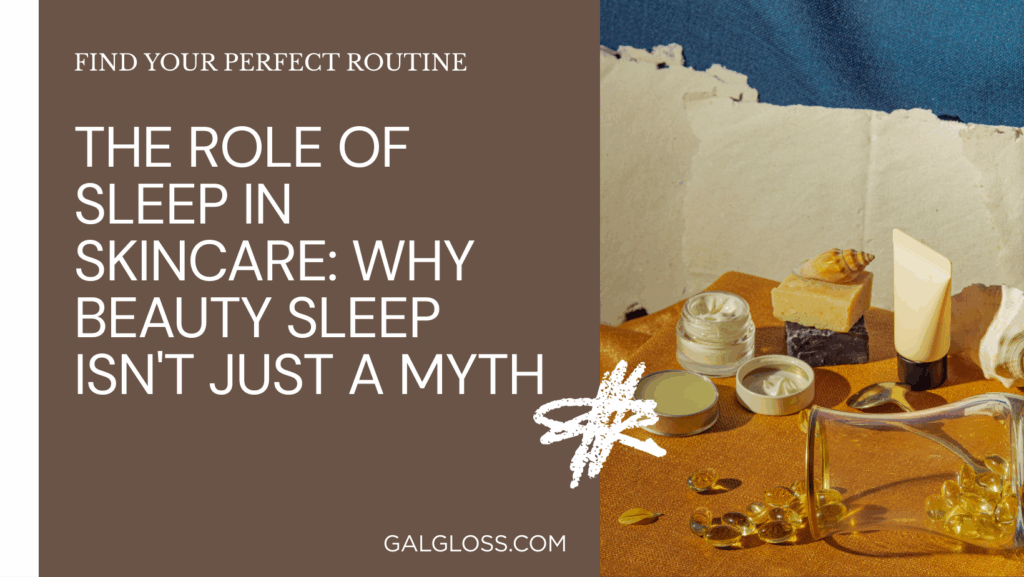Ever felt overwhelmed staring at rows of skincare products, wondering where to start? You’re not alone. Building an effective skincare routine can seem like solving a complex puzzle, but it doesn’t have to be. Whether you’re a skincare newbie or looking to level up your game, this guide will help you craft a routine that’ll have your skin glowing in no time.
Think of your skincare routine as a recipe. Just like cooking, you need the right ingredients in the right order to whip up something amazing. But instead of a culinary masterpiece, we’re aiming for healthy, radiant skin. Ready to become the chef of your own skincare kitchen?
Understanding Your Skin Type
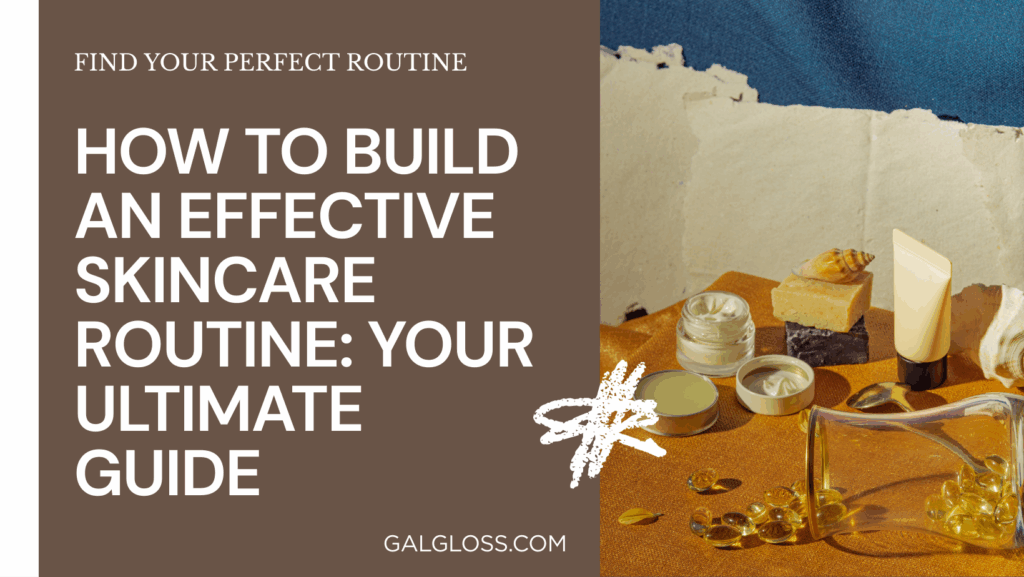
Before you start slathering on products, it’s crucial to know what you’re working with. Your skin type is like your skin’s personality – understanding it is key to giving it what it needs.
There are five main skin types:
- Normal: Not too dry, not too oily. The Goldilocks of skin types.
- Dry: Feels tight, may have flaky patches. Thirsty for moisture!
- Oily: Shiny, prone to breakouts. Oil production on overdrive.
- Combination: Oily in some areas (usually the T-zone), dry in others.
- Sensitive: Easily irritated, may react to certain products.
Not sure which camp you fall into? Try this simple test: Wash your face, wait an hour, then press a tissue to different areas of your face. If it’s oily all over, you’ve got oily skin. Dry all over? You guessed it – dry skin. A mix of both? Hello, combination skin!
Essential Steps in a Basic Skincare Routine
Now that you know your skin type, let’s build the foundation of your routine. Think of these steps as the bare minimum your skin needs to thrive.
1. Cleansing: The Foundation of Healthy Skin
Cleansing is like hitting the reset button for your skin. It removes dirt, oil, and makeup that can clog pores and lead to breakouts. Choose a gentle cleanser that doesn’t strip your skin of its natural oils.
- For oily skin: Look for foaming cleansers with salicylic acid.
- For dry skin: Creamy, hydrating cleansers are your best bet.
- For sensitive skin: Fragrance-free, hypoallergenic options are the way to go.
2. Toning: Balancing Your Skin’s pH
Think of toner as your skin’s tuning fork, bringing it back to its ideal pH balance. It also preps your skin to better absorb the products that follow.
- Avoid alcohol-based toners, which can be drying.
- Look for ingredients like glycerin, hyaluronic acid, or rose water.
3. Moisturising: Hydration is Key
Even if you have oily skin, don’t skip this step! Moisturiser helps maintain your skin’s protective barrier and can even help regulate oil production.
- For oily skin: Go for lightweight, oil-free moisturisers.
- For dry skin: Rich, creamy formulas are your friends.
- For sensitive skin: Look for soothing ingredients like aloe or chamomile.
4. Sun Protection: Your Skin’s Best Friend
If there’s one step you absolutely can’t skip, it’s this one. Sun damage is responsible for up to 90% of visible skin aging. Plus, it increases your risk of skin cancer.
- Choose a broad-spectrum sunscreen with at least SPF 30.
- Reapply every 2 hours, or more often if you’re swimming or sweating.
Advanced Skincare Steps to Elevate Your Routine
Ready to take your skincare game to the next level? These steps aren’t essential, but they can help address specific skin concerns and boost your overall skin health.
Exfoliation: Revealing Fresh, Glowing Skin
Exfoliation helps slough off dead skin cells, revealing the fresh, glowing skin underneath. But don’t go overboard – 1-2 times a week is plenty for most skin types.
- Physical exfoliants: Scrubs with tiny particles that physically remove dead skin.
- Chemical exfoliants: Ingredients like AHAs and BHAs that dissolve dead skin cells.
Serums and Treatments: Targeting Specific Concerns
Serums are like power-ups for your skin. They’re concentrated formulas designed to target specific concerns:
- Vitamin C for brightening and antioxidant protection
- Hyaluronic acid for hydration
- Retinol for anti-aging and acne
- Niacinamide for reducing pore size and oil production
Eye Creams: Caring for Delicate Areas
The skin around your eyes is thinner and more delicate than the rest of your face. Eye creams are formulated to be gentle on this sensitive area while targeting concerns like dark circles, puffiness, and fine lines.
Face Masks: Boosting Your Skin’s Health
Think of face masks as a mini spa treatment for your skin. They can hydrate, clarify, or soothe, depending on the type you choose.
- Clay masks for oily skin
- Hydrating masks for dry skin
- Calming masks for sensitive skin
Morning vs. Night Skincare Routines
Your skin has different needs during the day and night. Here’s a quick breakdown:
Morning Routine:
- Cleanse
- Tone
- Vitamin C serum (optional)
- Moisturize
- Sunscreen
Night Routine:
- Double cleanse (oil cleanser followed by water-based cleanser)
- Tone
- Treatment serums (like retinol)
- Eye cream
- Moisturize
Choosing the Right Products for Your Skin
With so many options out there, how do you choose? Here are some tips:
- Read the labels: Look for products formulated for your skin type.
- Start simple: Begin with the basics and add products gradually.
- Patch test: Always test new products on a small area first to check for reactions.
- Be patient: It can take 4-6 weeks to see results from a new product.
Common Skincare Mistakes to Avoid
Even skincare enthusiasts can fall into these traps:
- Over-exfoliating: Too much of a good thing can damage your skin barrier.
- Skipping sunscreen: Yes, even on cloudy days or when you’re indoors.
- Using too many active ingredients at once: This can irritate your skin.
- Not removing makeup before bed: Hello, clogged pores and breakouts!
- Touching your face too much: Your hands carry bacteria that can lead to breakouts.
Adapting Your Routine for Different Seasons
Just like you change your wardrobe with the seasons, your skincare routine might need tweaking too:
- Summer: Lighter moisturisers, higher SPF
- Winter: Richer moisturisers, gentle exfoliation to combat dry skin
The Role of Diet and Lifestyle in Skin Health
Remember, great skin starts from within. Here are some tips:
- Stay hydrated: Aim for 8 glasses of water a day.
- Eat a balanced diet: Load up on fruits, veggies, and foods rich in omega-3s.
- Get enough sleep: Your skin repairs itself while you snooze.
- Manage stress: High stress levels can lead to breakouts and other skin issues.
When to See a Dermatologist
While a good skincare routine can work wonders, sometimes you need professional help. Consider seeing a dermatologist if:
- You have persistent acne that doesn’t respond to over-the-counter treatments
- You notice any changes in moles or skin texture
- You have severe skin conditions like eczema or rosacea
- You want personalised advice on your skincare routine
Building a Sustainable and Effective Routine
Remember, the best skincare routine is one you’ll actually stick to. Here are some tips for building a sustainable routine:
- Start small: Begin with the essentials and add products gradually.
- Be consistent: Give your routine time to work its magic.
- Listen to your skin: If a product isn’t working for you, don’t be afraid to switch it up.
- Keep it fun: Skincare should be enjoyable, not a chore!
Conclusion: Your Path to Radiant Skin
Building an effective skincare routine is a journey, not a destination. It’s about getting to know your skin, understanding its needs, and finding products that work for you. Remember, what works for your best friend or favourite influencer might not work for you – and that’s okay!
Start with the basics: cleanse, moisturise, and protect. Then, as you get more comfortable, you can start experimenting with serums, treatments, and masks. Pay attention to how your skin reacts, and don’t be afraid to adjust your routine as needed.
Above all, be patient and kind to your skin. Great skin doesn’t happen overnight, but with consistency and the right products, you’ll be on your way to that healthy, radiant glow you’ve always wanted.
So, are you ready to embark on your skincare journey? Your skin will thank you for it!
